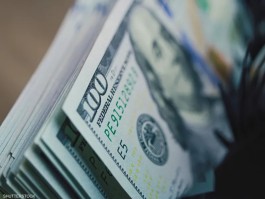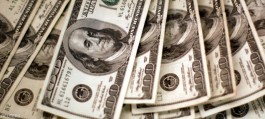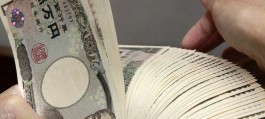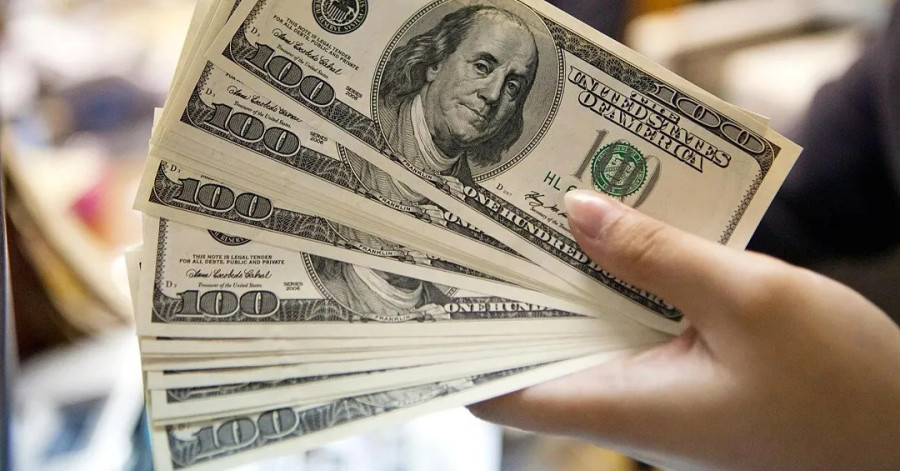The dollar fell Wednesday (August 2nd) after Fitch's decision to cut the US credit rating raised questions about the country's financial outlook, but it got some support from a series of relatively strong economic data.
Yesterday, Tuesday, Fitch lowered the US rating to AA+ from AAA, in a move that sparked angry reactions from the White House and surprised investors, especially as it comes two months after reaching a solution to the debt ceiling crisis.
That pushed the dollar down against the euro's rise to about $1.10. The single European currency rose in the latest trading by 0.11% to reach $1.0996, after earlier touching its highest level in the session at $1.1020.
The pound sterling rose 0.05% to $1.2782, while the US dollar index rose in the latest trading by 0.09% to reach 102.09 points, after falling significantly in the wake of Fitch's decision.
Analysts opinion
We don't think Fitch's decision is material, said Rodrigo Catrill, chief currency analyst at the National Australia Bank (NAB).
Sure, we have seen the market move around a little bit this morning…but in the near term, I don't think it will be a long-term driver.
The dollar also got some support from economic data released on Tuesday, which showed that employment opportunities in the United States remained at levels consistent with tightening labor market conditions, even as they fell to the lowest level in more than two years in June.
The Japanese yen rose 0.1% at 143.21 per dollar, erasing some of its gains made earlier on Wednesday morning.
The Australian dollar rose 0.12% to $0.6621, recouping some of the losses incurred after a sharp decline of 1.57% in the previous session, after the Reserve Bank of Australia kept interest rates unchanged on Tuesday.
The New Zealand dollar fell 0.23% to $0.6136 after data showed on Wednesday that the country's unemployment rate hit a two-year high in the second quarter.







































